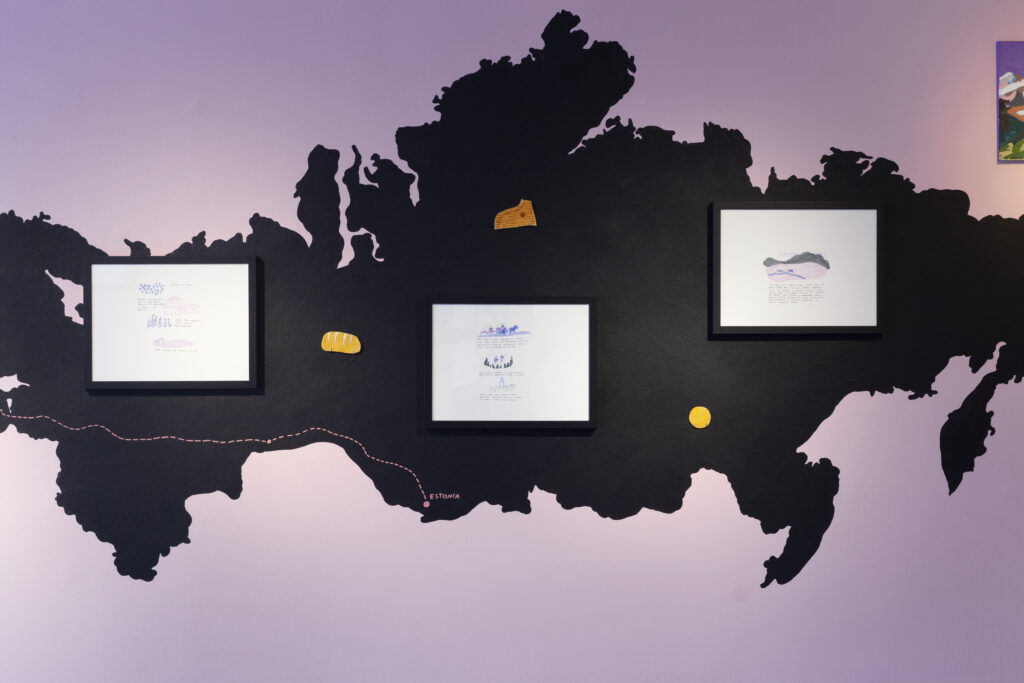Liisa Kruusmägi
Comic series "The Journey"
2023

Estonian peasants were freed from serfdom with the Peasant Regulations of 1816 and 1819. However, this freedom did not yet mean complete independence from the landlords. The land still remained the property of German manor owners. Meanwhile, in Russia, there were many unsettled areas that urgently needed skilled farmers. Rumors began to circulate that land was being allocated in Siberia. Resettlement became a way to achieve economic independence. The emigration was also facilitated by campaigns organised by the central government of Russia and the construction of the Trans-Siberian Railway. At that time, incentives were offered to migrants: they only had to pay half the price for the train ticket.
Liisa’s ancestors Lena and Peep Vanker began their journey to Siberia in 1896 or 1897. It was a voyage into the unknown, marked by tragic losses and great obstacles. The exhausting months-long journey concluded about 200 kilometres south of the city of Barnaul. They settled by the foothill in the middle of the vast steppe. Men started building shelters while women and children went to work in Russian villages to earn provisions for the winter and seeds for the upcoming spring.
The purpose of the generalised map painted on the gallery wall is to provide an understanding of the extent of the undertaken journey. The displayed painting illustrates the natural landscape of the Altai Krai region. It was a place affected by strong winds, where scorching desert summers alternated with harshly icy winters. The vast steppe landscape was framed by stout mountain peaks in the distance.